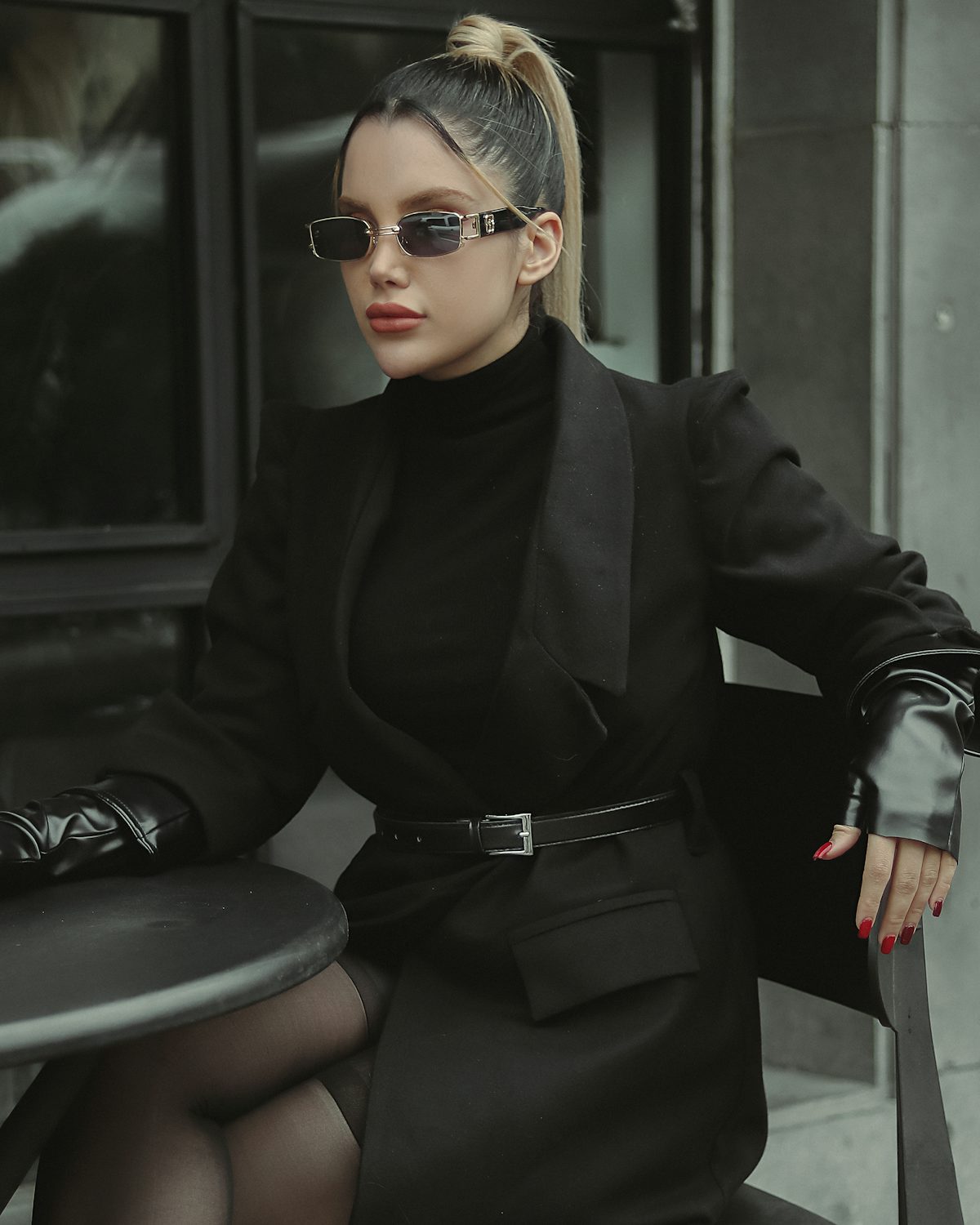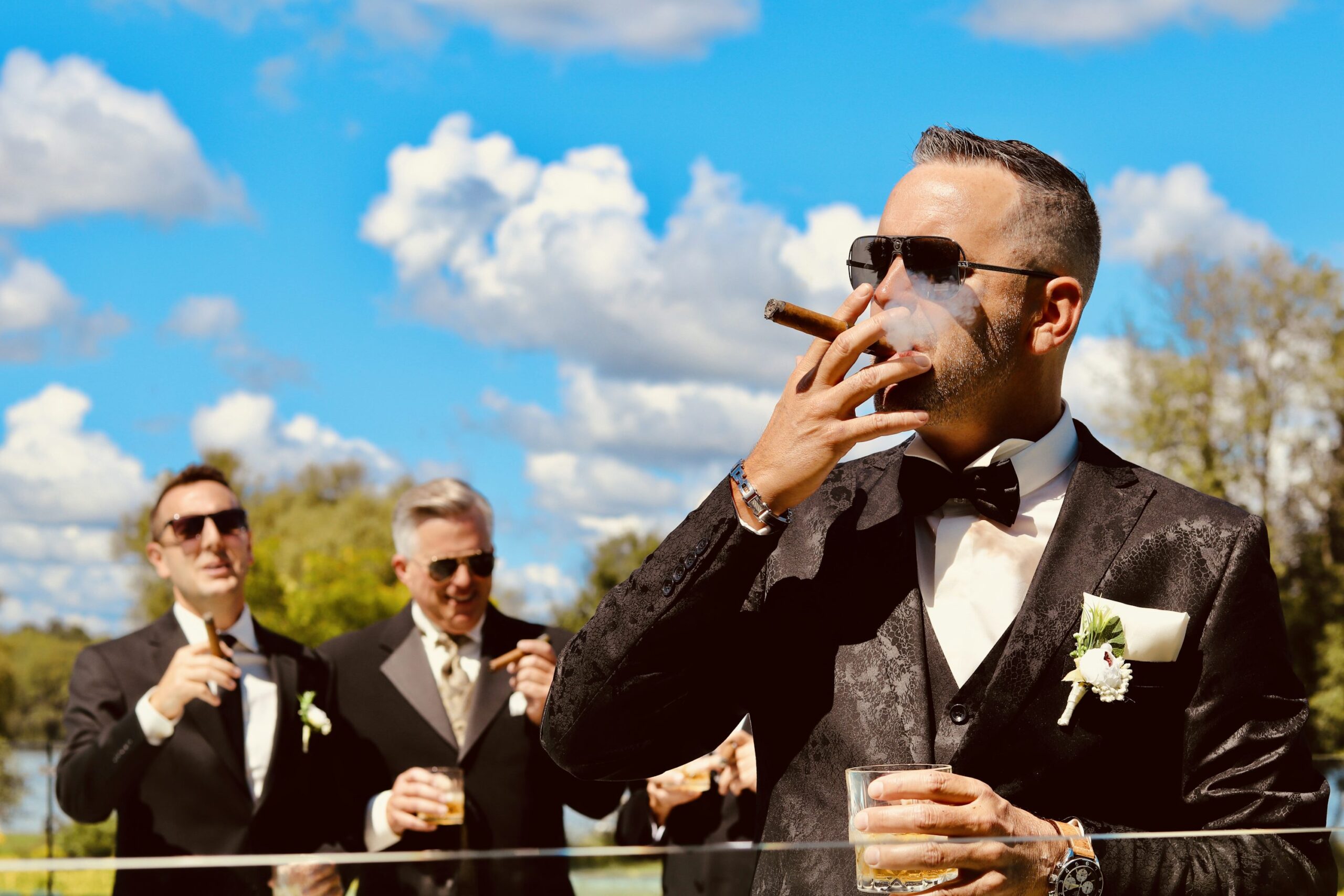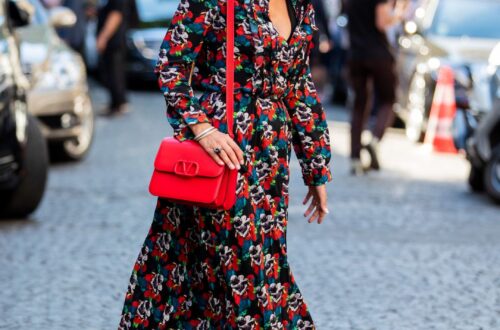Developing a personal style is like crafting a signature dish—it’s a blend of your personality, preferences, and experiences that tells the world who you are without saying a word. Whether you’re aiming to stand out in a crowd, boost your confidence, or simply feel more like you, curating a personal style is a rewarding journey. This guide will walk you through practical steps to discover, refine, and express your unique aesthetic, all while ensuring your content aligns with Google’s E-E-A-T guidelines for trustworthiness and authority. Let’s dive in with actionable tips, personal anecdotes, and a sprinkle of humor to keep things light!
Why Personal Style Matters
Your personal style is more than just clothes—it’s a visual story of who you are. It influences how others perceive you and, more importantly, how you feel about yourself. A well-defined style can boost confidence, make daily decisions easier, and even help you connect with like-minded people.
The Confidence Connection
When I was in my early 20s, I wore baggy jeans and oversized tees because I thought they were “safe.” One day, I tried a tailored blazer and slim-fit pants for a job interview, and the mirror told a different story—I felt like I could conquer the world. That’s the power of style: it shapes your mindset and signals your confidence to others.
Step 1: Understand Your Lifestyle and Needs
Your style should reflect how you live, not just how you wish to live. Are you a busy professional, a creative freelancer, or a stay-at-home parent? Your wardrobe should align with your daily activities while leaving room for self-expression.
Assessing Your Routine
Take a week to jot down your daily activities. If you’re running between meetings, you’ll need versatile pieces like blazers or chic flats. If you’re a student, prioritize comfort with jeans and sneakers but add a unique accessory to stand out.
Budget Considerations
Style doesn’t require a fortune. I once built a capsule wardrobe from thrift stores, spending $50 on pieces that lasted years. Focus on quality staples within your budget—think timeless over trendy.
Step 2: Find Inspiration Without Copying
Inspiration is the spark that ignites your style journey, but copying someone else’s look can make you feel like an imposter. Explore platforms like Pinterest, Instagram, or fashion blogs to see what resonates, but adapt it to your personality.
Where to Look for Ideas
- Pinterest: Search for terms like “minimalist fashion” or “boho chic outfits” to create mood boards.
- Instagram: Follow style influencers who share your body type or lifestyle for relatable ideas.
- Magazines: Flip through Vogue or GQ for high-fashion inspiration you can tone down for everyday wear.
My Inspiration Story
I once stumbled across a street style photo of a woman in a leather jacket and flowy skirt. It wasn’t my usual vibe, but something clicked. I experimented with a similar combo and felt like a rockstar. The key? I made it mine with my favorite sneakers instead of her heels.
Step 3: Define Your Aesthetic
Your aesthetic is the core of your style—think of it as the genre of your personal fashion movie. Are you drawn to minimalist, vintage, or edgy vibes? Narrowing this down helps you make intentional choices.
Common Aesthetic Types
| Aesthetic | Key Elements | Best For |
|---|---|---|
| Minimalist | Neutral colors, clean lines | Professionals, busy lifestyles |
| Bohemian | Flowy fabrics, earthy tones | Creatives, free spirits |
| Streetwear | Bold logos, sneakers | Urban trendsetters |
| Classic | Tailored pieces, timeless cuts | Corporate settings |
How to Choose Yours
Reflect on what makes you feel most you. I leaned toward minimalist style because I love simplicity, but I add pops of color to avoid feeling boring. Try mixing two aesthetics—like classic with a touch of boho—for a unique twist.
Step 4: Build a Versatile Wardrobe
A strong wardrobe is like a good playlist: a mix of reliable hits and a few surprises. Start with staples, then add statement pieces that reflect your personality.
Must-Have Wardrobe Staples
- White Button-Up Shirt: Pairs with jeans or skirts for endless looks.
- Dark Jeans: Flattering and versatile for casual or dressy outfits.
- Neutral Blazer: Elevates any outfit, from work to weekends.
- Comfortable Sneakers: Perfect for everyday wear with a stylish edge.
Pros and Cons of Capsule Wardrobes
Pros:
- Saves time on outfit decisions.
- Reduces clutter and spending.
- Encourages versatile, high-quality pieces.
Cons:
- Can feel limiting if you love variety.
- Requires upfront planning and investment.
Step 5: Experiment and Refine
Style is a journey, not a destination. Don’t be afraid to try new things, even if they feel out of your comfort zone. Experimentation helps you discover what truly works.
How to Experiment Safely
Start small—swap your usual black boots for a colorful pair or try a bold accessory. I once wore a bright yellow scarf to a coffee shop and got so many compliments, it became my signature piece. Keep what feels right, ditch what doesn’t.
Tracking Your Style Evolution
Keep a style journal or take photos of your outfits for a month. Review what you loved wearing and what felt off. This helped me realize I gravitated toward structured jackets over flowy cardigans.
Step 6: Shop Smart and Sustainably
Shopping for your style should be intentional, not impulsive. Focus on quality over quantity and consider sustainable options to align with modern values.
Where to Shop
- Thrift Stores: Unique finds at budget-friendly prices.
- Online Retailers: ASOS, Everlane, or Zara for trendy yet affordable pieces.
- Local Boutiques: Support small businesses for one-of-a-kind items.
Sustainable Shopping Tips
- Buy Secondhand: Platforms like Poshmark or Depop offer pre-loved gems.
- Invest in Quality: A $100 coat that lasts five years beats a $20 one that falls apart.
- Check Materials: Opt for natural fibers like cotton or linen for durability.
Step 7: Accessorize to Elevate
Accessories are the exclamation point of your outfit. They’re an easy way to add personality without overhauling your wardrobe.
Best Tools for Accessorizing
- Statement Jewelry: A bold necklace or chunky earrings can transform a basic look.
- Scarves: Add color or texture to any outfit.
- Bags: A sleek tote or quirky crossbody reflects your vibe.
My Accessory Mishap
I once bought a massive statement necklace thinking it’d make me look chic. Instead, I felt like a walking chandelier. Lesson learned: choose accessories that enhance, not overwhelm, your style.
Step 8: Stay True to Yourself
The biggest style mistake is trying to be someone you’re not. Your personal style should feel authentic, not like a costume. Embrace what makes you unique, whether it’s quirky patterns or a monochromatic palette.
Avoiding the Comparison Trap
Social media can make you feel like everyone’s style is better than yours. I fell into this trap until I unfollowed accounts that made me second-guess myself. Focus on what makes you feel good, not what’s trending.
People Also Ask (PAA) Section
How do I find my personal style?
Start by assessing your lifestyle, gathering inspiration from platforms like Pinterest, and experimenting with different aesthetics. Reflect on what makes you feel confident and authentic.
What are the best stores for affordable fashion?
Thrift stores, ASOS, H&M, and Everlane offer budget-friendly options. For unique pieces, check local boutiques or secondhand platforms like Poshmark.
How can I make my style sustainable?
Shop secondhand, invest in high-quality pieces, and choose natural materials. Avoid fast fashion brands that prioritize trends over durability.
Why is personal style important?
Personal style boosts confidence, simplifies daily decisions, and communicates your personality. It’s a form of self-expression that evolves with you.
FAQ Section
Q: How long does it take to develop a personal style?
A: It varies, but expect 3–6 months of experimenting to find what feels right. Keep refining as your tastes evolve.
Q: Can I have more than one style?
A: Absolutely! Many people blend aesthetics, like minimalist with boho or classic with streetwear, to create a unique look.
Q: How do I know if my style is “good”?
A: If it makes you feel confident and authentic, it’s good. Style is personal—focus on what resonates with you, not others’ opinions.
Q: What’s the easiest way to start building a wardrobe?
A: Start with 5–10 versatile staples (jeans, white shirt, blazer) and add one statement piece monthly. Shop within your budget and prioritize quality.
Q: How do I avoid wasting money on clothes?
A: Plan purchases, stick to a color palette, and avoid impulse buys. Check return policies and try secondhand shopping to save.
Tips for AdSense Approval and Monetization
For those creating content around personal style for blogs or bulk site creation, aligning with Google AdSense requirements is key. Ensure your site has:
- High-Quality Content: Write original, in-depth articles like this one, avoiding AI-generated or plagiarized text.
- User-Friendly Design: Use clear navigation, fast load times, and mobile-friendly layouts.
- Policy Compliance: Avoid copyrighted images or prohibited content. Include a privacy policy disclosing ad usage.
- Engaging Traffic: Share your content on social media and engage with readers to build a loyal audience.
By focusing on authentic, valuable content, your site can attract organic traffic and increase AdSense approval chances.
Final Thoughts
Developing your personal style is a journey of self-discovery, not a race. It’s about finding what makes you feel alive and expressing it boldly. Whether you’re rocking a thrifted gem or a designer piece, the key is authenticity. So, grab that mood board, try on that bold scarf, and let your style tell your story. What’s the one piece in your closet that makes you feel unstoppable? Start there, and the rest will follow.





